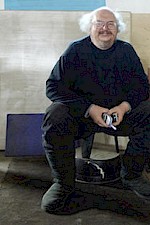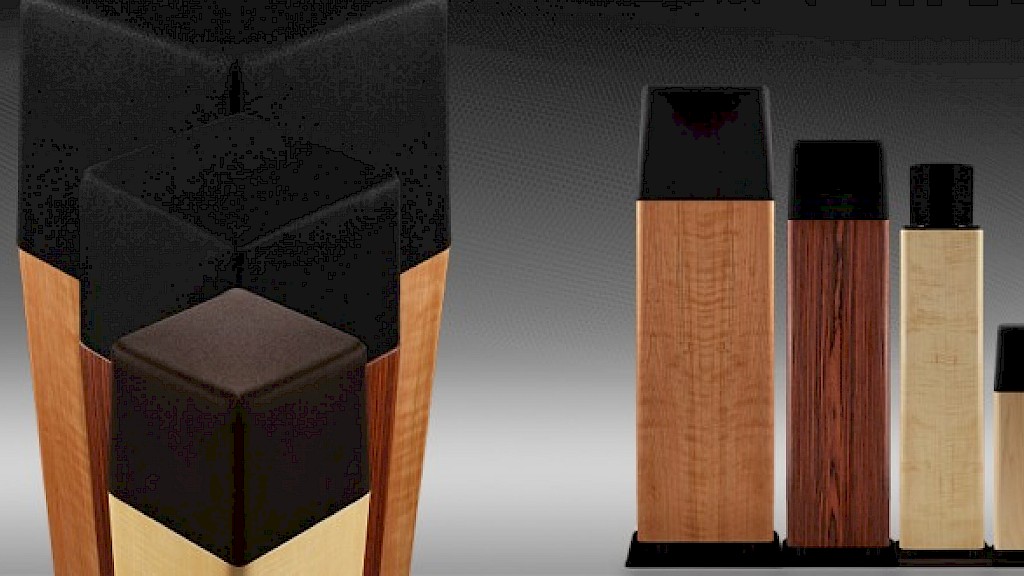Damping
To many consumers, damping speakers means “Clean with a moist cloth”; but that is dampening. To those of us who design and build speakers, it means something very different. It means dissipating energy, usually of a resonance (electrical or mechanical), by turning it into heat.
You rarely see any mention of damping in relation to speakers; but it is very important to sound quality and design. Sound waves are produced by movement of air. It is vital that the movement be specifically controlled or the sound wave produced will be different from the original source. The difference can be caused by the inertia and/or momentum of the driver cone. Newton’s proposition that a body in motion tends to stay in motion is at work here. So, as speaker designers, we build-in mechanisms to control that tendency and defeat the great Newton.
Starting with woofers, most have many mechanical resonances that impact their response and dispersion. The cone/surround resonance is usually the biggest and causes coloration in most woofers. There are techniques to minimize the problems: 1. You can crossover the large woofer to a smaller midrange below the woofer’s resonance (although the resonance does add complexity to the crossover). 2. You can put damping material, such as plastic coatings, on the surround and/or cone (but this usually decreases efficiency as the damping dissipates energy and the material adds weight). Then, there are resonances in the cone itself as the cone flexes. These resonances can also be addressed with the same techniques.
The original Walsh drivers can be characterized as woofers that operate over the whole audible spectrum with 360 degree dispersion at all frequencies. With the Ohm A, the Ohm F and Ohm G), the crossover solution was not an option, since they each used just one driver to reproduce the entire frequency. These speakers relied exclusively on damping to reduce resonances and smooth the response. So, we became experts at damping. Constrained Layer Damping (CLD) is when two sheets of material are separated by a material the heats up when is stretched. When the cone is made this way, it can be strong, light and with very few resonances.
Cone midranges and tweeters are just smaller versions of woofers where less air needs to be displaced on each cycle, and their smaller diameter gives wider dispersion. In the high tweeter for the Ohm L (a classic bookshelf box speaker) we used a tiny piece of foam stuck on the tweeter’s metal dust cap to control an ultra-sonic resonance. Could we hear the improvement? We thought we could and the improvement was easy to measure! Dome midranges and tweeters when made of metal almost all have this kind of resonance and they have often been accused of sounding ‘metallic’ if the resonance is not addressed in the design. Cloth dome designs usually address this resonance in the coating applied to the dome to seal the cloth – two benefits from one process. Ohm currently uses damped cloth-domed super-tweeters in all our designs.
Speaker cabinets also need damping. Any sound that gets into the cabinet should be quickly dissipated. Just knock on the side of a cabinet and it will speak to you about its ‘voice’. It is best if it sounds like a thud, very little treble and no mid-range to be heard. CJD works well in cabinets but the sheets are now layers of the cabinet. Most of Ohm’s current speakers use this technique.
So, don’t hose down your speakers, just make certain they are well damped.
Enjoy & Good Listening!
John
PS:Ohm speakers are performing LIVE: On February 27 at the NYU’s Skirball Hall with the FLUX string quartet playing Spencer Topel’s composition for a string octet (four live and four speakers, each ghosting a live performer), as part of “Spatialized 2015.” Tickets are available here.
Subscribe to Ohm News & Views to get the latest posts in your inbox
John Strohbeen Author
John Strohbeen was the President and Chief Engineer of Ohm Acoustics from 1978-2023.


